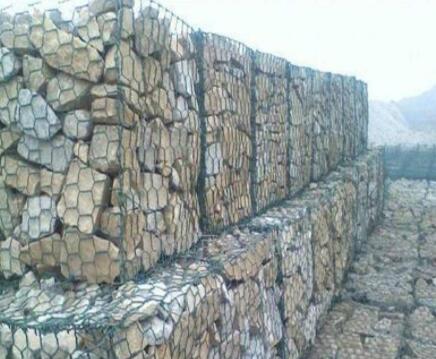The Evolution and Importance of Iron Wire Nails
Iron wire nails have played a pivotal role in construction and woodworking for centuries. Their introduction marked a significant advancement over earlier fastening methods, and they continue to be a fundamental component in various applications today. An exploration of their history, production methods, and modern uses reveals much about their significance and versatility in the world of manufacturing and construction.
Historical Context
The origins of nails can be traced back to ancient civilizations. Early nails were made from wrought iron or bronze, hand-forged into shape, and used primarily in construction and carpentry. However, the invention of wire drawing in the 19th century revolutionized the production of nails. This process involved pulling heated iron through a die to create a thin wire, which could then be cut and shaped into nails. The introduction of iron wire nails transformed the industry, making them more accessible and cost-effective compared to their hand-forged predecessors.
Manufacturing Process
The production of iron wire nails involves several key steps. Initially, low-carbon steel or iron is drawn through progressively smaller dies to achieve the desired diameter. This wire is cut into appropriate lengths corresponding to the size of the nails being produced. The cut wire is then conditioned, which may involve processes like heating to improve ductility and strength.
Once the wire is prepared, it undergoes shaping on a nail-making machine, where it is formed into a pointed shape with a head. The nails are then typically finished with a coating to prevent rusting and improve durability. Common finishes include galvanized coatings, which are used to enhance corrosion resistance, making these nails suitable for outdoor use and in humid environments.
Features and Advantages
iron wire nail

Iron wire nails possess several advantageous properties that make them a preferred choice for both professional builders and DIY enthusiasts. First, their tensile strength allows them to withstand significant loads without bending or breaking. Additionally, the sharp point of a wire nail facilitates easy penetration into various materials, including wood, plastic, and even thin metals.
Moreover, iron wire nails can be manufactured in various sizes and types, catering to different needs. Common varieties include common nails, finishing nails, and roofing nails, each designed for specific applications. For instance, common nails are typically used in framing and structural applications, while finishing nails are smaller and have a smaller head, allowing them to be hidden easily for a smooth finish.
Modern Applications
Today, iron wire nails are ubiquitous in construction, woodworking, and furniture production. Their use extends to carpentry, cabinetry, roofing, and even arts and crafts projects. In the construction of timber structures, these nails are vital for joining wooden beams and panels, providing stability and integrity to the overall structure.
In addition to traditional uses, iron wire nails are increasingly being integrated into innovative building techniques. For example, in sustainable construction practices, they serve as an essential component in the assembly of prefabricated homes, where speed and efficiency are crucial. Their affordability and ease of use make them an attractive choice for builders aiming to minimize costs while maintaining quality.
Conclusion
In summary, the development of iron wire nails has significantly influenced construction and woodworking, providing reliable, cost-effective solutions for fastening materials together. Their history reflects a blend of craftsmanship and industrial innovation, while their diverse applications highlight their ongoing relevance in modern construction methods. As building practices evolve, iron wire nails remain a staple, proving that sometimes the simplest solutions are the most enduring. Whether for professional construction projects or home improvement endeavors, these humble fasteners continue to hold a crucial place in the world of building and design.

















